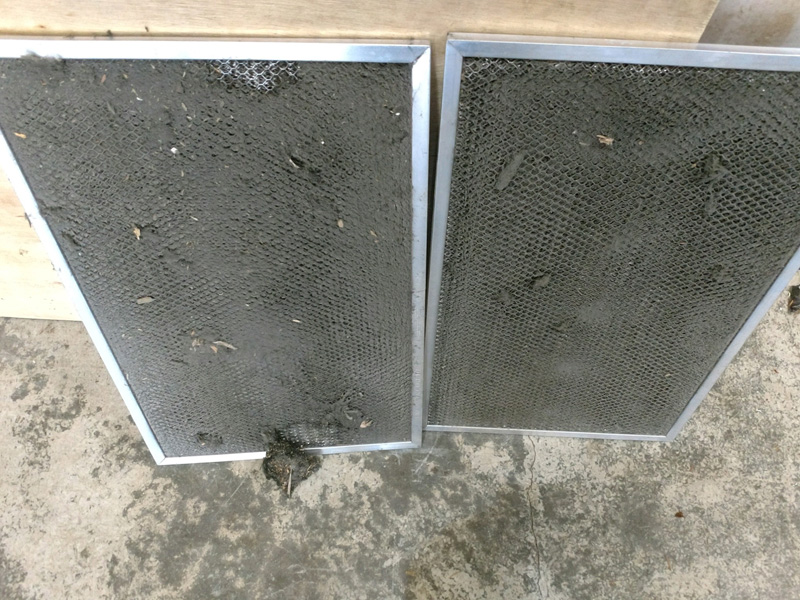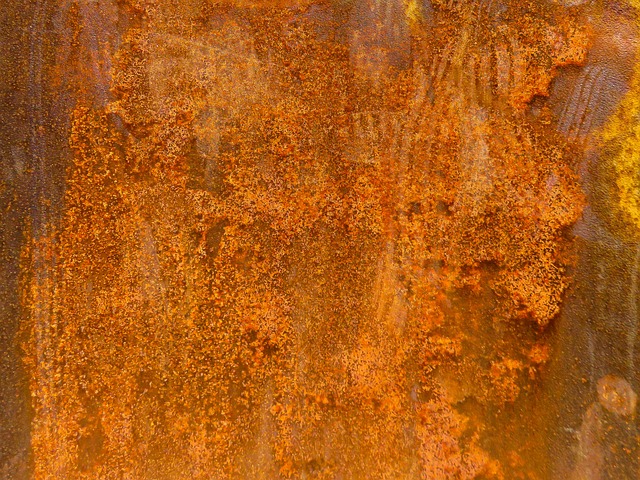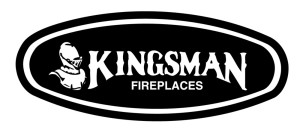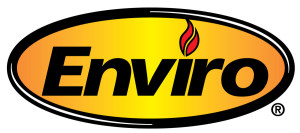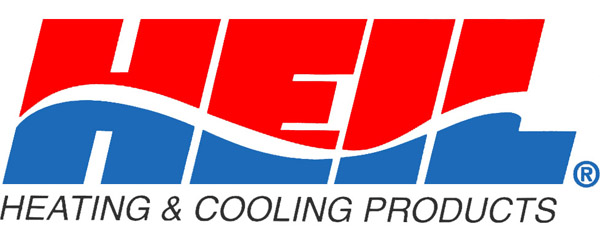So you’ve decided it’s time to change the air filter on your air conditioner or furnace. Good decision! The reality is, you should be changing this regularly, at least a couple times per year even in the mild climate of the Greater Seattle area.
But if you’ve never done it before, how do you change an air filter?
The good news is, it’s actually pretty simple in most cases. We’ll walk you through the basic process. However, if you still aren’t able to figure it out, you can always give us a call and we can try to talk you through it over the phone. Or if necessary, we can come out and help you in person.
Before we get to how to change it, let’s quickly address how you know it’s the right time to change the air filter on your air conditioner.
One good way to test this is to hang a white sheet about five inches away from one of your vents, and leave it there for an hour. If during that time the sheet turns noticeably gray, that’s a good sign your air filter is due for replacement. Also, if there’s a buildup of dust around your vents, no need to use the sheet because that’s also a clear sign your filter is probably clogged up.
And in case you’re wondering, here’s a post on why changing your air filter is so important, and how it protects your health, your wallet, and your comfort.
How to Change an Air Filter in 6 Steps
1. Find the Air Filter
This step might seem silly, but sometimes, especially in larger homes with multiple vents, ducts, and other HVAC equipment, finding the air filter can be a little challenging.
Generally, it will be in the main air handling unit or in the main air duct vent. It could be in the return air duct that pulls air from your home back into the HVAC systems. Or it could be near the air handler that blows out the warm or cool air. This is quite common if your heating and air conditioning systems share the same ducts, which is true in most households.
You probably will have to open up a metal panel on top of the unit if it’s in the actual device, and this might require some unscrewing. In other cases, the door may be held with hooks, or it might just open up with minimal effort.
2. Turn Off the Power
You can turn off the unit or just switch off the circuit breaker. But you want to make sure there is no chance of electricity still operating in the unit when you open it.
3. Remove the Current Air Filter
Next, once you find the air filter and turn off the power, you can remove the current air filter from its location.
When you do this, pay attention to the orientation of the air filter. There are usually arrows printed on the sides of it pointing in one direction, either toward where the air is blowing from, or away from it. You will want to insert the new air filter facing the same direction, so pay attention to the old one before you take it out.
4. Inspect the Current Air Filter to Decide on the Replacement
Once you remove the air filter, take a moment to look at it. It will probably be quite dirty, especially if you’ve never done this before or it’s been a while. Hold it up to the light. If you can’t see much light through it, it’s dirty.
Assuming you need to replace the air filter, you want to learn two things in your inspection:
- The size of the air filter that fits in your system
- The MERV rating
Air filters come in many sizes. Generally, you’re looking for a length and a width, and it should be printed somewhere on the filter. If you can’t find it, you can always just measure it yourself. To be sure, you can also just bring the filter into the hardware store and make sure the new one you buy is the same size.
MERV stands for minimum efficiency reporting value. The higher the MERV rating, the more effective the air filter is at filtering out particulates. Ratings above 10 are considered able to filter out microorganisms that can impact your health and air quality.
The lowest quality air filters are made of fiberglass. These cost less, but they don’t last as long and need to be replaced more often, like almost every month. Pleated air filters are higher quality and should last several months.
HEPA filters are the highest quality. However, these are so good that in some HVAC systems they can impede airflow so much that the system has to work really hard to heat or cool your home, increasing your costs and risking breakdown. So just going for the highest possible MERV is not necessarily the best idea.
If you’re in doubt, give us a call and we’ll try to help you out over the phone. In general, you should be okay with a MERV rating between 5 and 13.
5. Dispose of the Old Air Filter
Especially if it’s very dirty and filled with possible health hazards, it’s a good idea to slip the old air filter into a plastic bag and then throw it in your usual garbage can.
If you happen to have a reusable filter, then you’ll need to add a step here to clean it and wait for it to dry. Some reusable air filters can be washed with water. Others can be vacuumed. Check the instructions on yours to find out how to clean it.
6. Buy and Insert the New Air Filter
Then, go to the hardware store and pick out the new air filter of the right size and desired MERV rating. Or, order it online. But if you do that, be absolutely certain about the size. Going to the store is a less risky approach because you can compare the old filter to the new one right there.
To insert the new one, slip it in the same way the old one came out. Again, use the arrows on the side to make sure it’s facing the correct direction.
The arrows always face away from the return air duct, and toward the air handler system. If that’s confusing and you aren’t sure if the original was installed right, give us a call and we will try to talk you through it.

